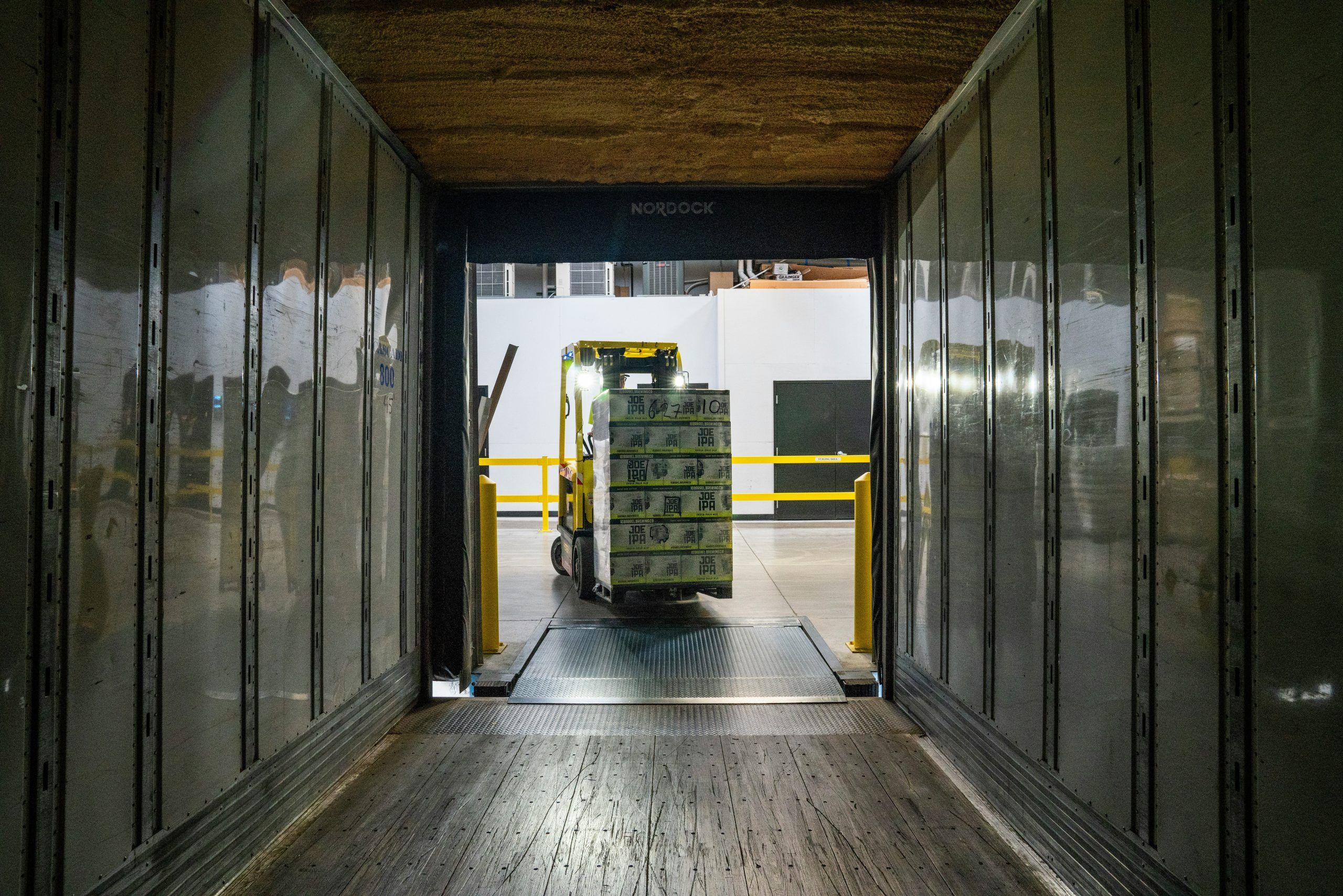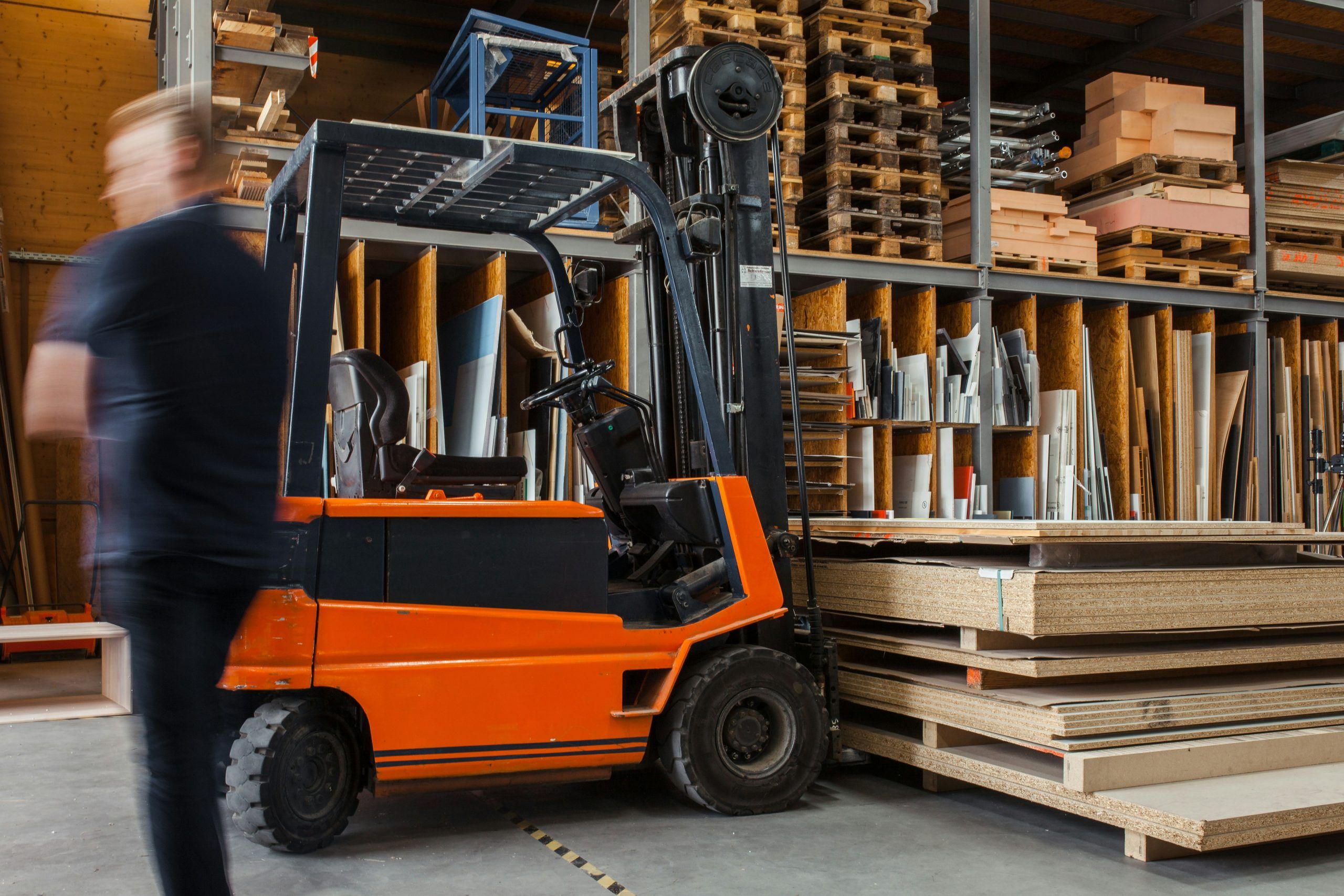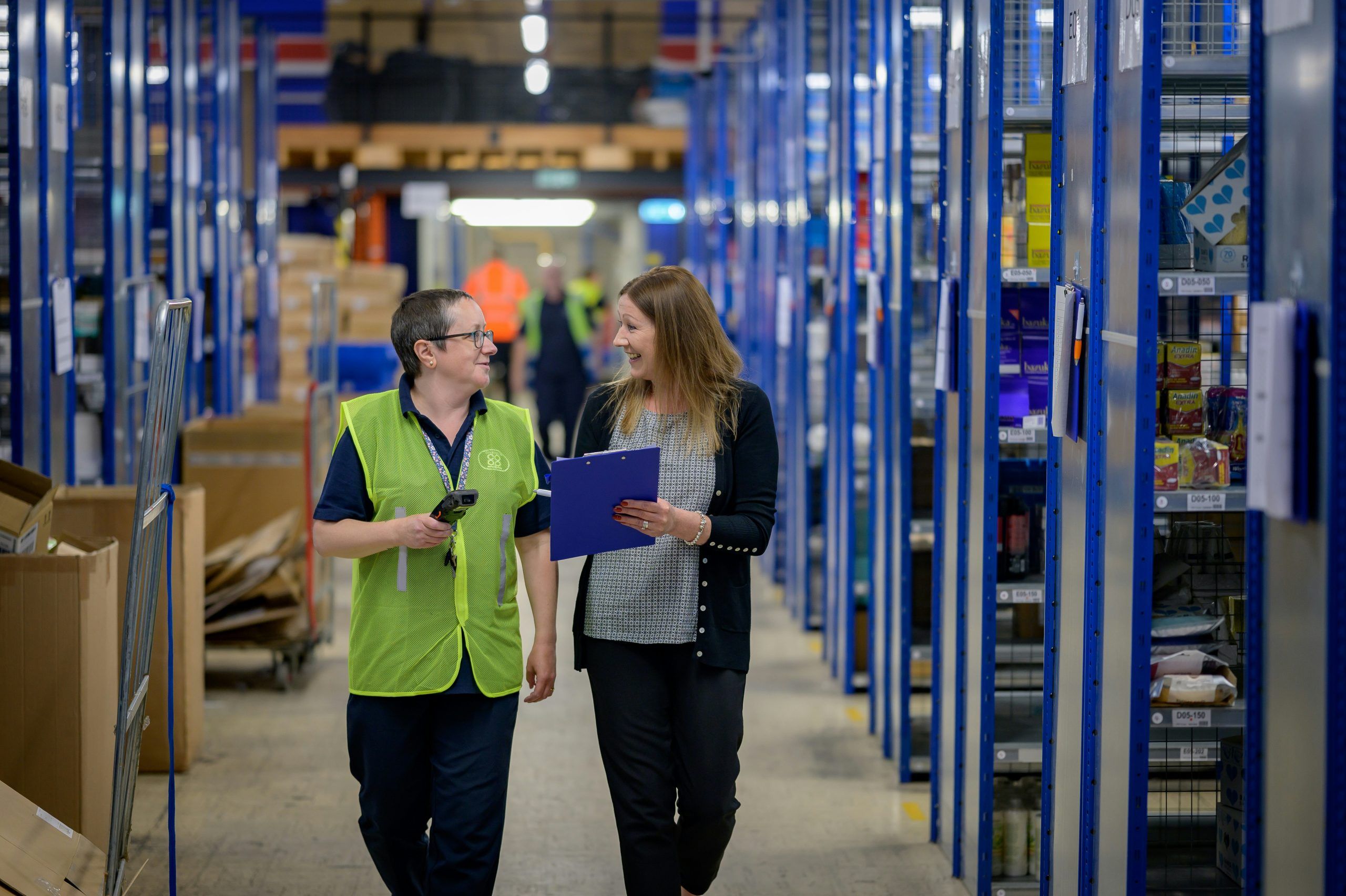Cross-docking is a game-changer for warehouse operations, making the whole process faster and more efficient. By unloading goods from incoming trucks and directly loading them onto outbound trucks, storage time is minimized.
This system cuts costs, reduces the need for inventory space, and speeds up delivery times. If you’re curious about how cross-docking can transform your warehouse, read on to discover more benefits.

Reduced Storage Costs
When you use cross-docking, you save money on storage. This is because goods do not stay in the warehouse for long. Instead, they move quickly from one truck to another. This fast movement reduces the need for large storage spaces. With less storage required, you spend less on maintaining warehouse space. This directly lowers your storage costs.
Enhanced Inventory Management
Enhanced inventory management is one of the key benefits of cross-docking. Because goods are quickly moved from inbound to outbound shipments, there is less need for long-term storage. This means there is less risk of inventory sitting too long and becoming obsolete.
By reducing storage time, companies can keep their inventory levels lower and more current. The system helps in predicting demand more accurately and ensuring timely delivery. If you want to learn more about these advantages, make sure to learn about cross dock system.
Faster Turnaround Times
When it comes to faster turnaround times, cross-docking is a significant advantage. The system eliminates the need for long-term storage and quickly moves goods from one truck to another. This results in faster order fulfillment and gets products to customers more quickly.
By reducing time spent in the warehouse, companies can improve their overall efficiency. Faster turnaround times also mean that businesses can respond more swiftly to market demand and customer needs.
Improved Product Quality
With cross-docking, improved product quality is easier to achieve. Because goods spend less time in storage, they are handled fewer times. This reduction in handling decreases the risk of damage. Fresh products, like food items, also benefit because they are delivered faster.
Faster delivery means fresher products for customers. The entire process helps maintain the integrity and quality of the products. Thus, businesses can ensure that what reaches the customer is in excellent condition.
Cost Efficiency
Cross-docking saves money. It cuts down on storage costs. There is no need for big warehouses. Less storage means less money spent. Goods move fast and do not stay long. Handling costs go down.
Fewer touches mean less damage and less cost. Delivery is quicker. Quick delivery can mean fewer late fees. Lower costs make business better.

Environmental Benefits
One big plus of cross-docking is its green benefits. With this system, trucks spend less time idling and waiting. This means fewer emissions. Less storage means smaller warehouses. Smaller warehouses need less energy, so they use less power. Quick moving of goods means fewer resources are wasted.
Fewer trips to storage save fuel. All this helps the environment. Cleaner air and less waste are good for everyone. Businesses help protect the planet while running efficiently.
Learn All About Warehouse Operations
In summary, cross-docking makes things move fast and saves money. Less storage, quicker delivery, and fewer costs help businesses a lot. Goods stay nice and fresh with fewer touches. The environment also benefits from less waste and emissions. Overall, cross-docking is good for warehouse operations.
Did you find this article helpful? Check out the rest of our blog.

